Design Optimization of α SiC based ATT diode for harmonic mode operation
DOI: 10.23977/jptc.2019.21005 | Downloads: 27 | Views: 3716
Author(s)
Debraj Chakraborty 1, Moumita Mukherjee 2
Affiliation(s)
1 Department of ECE,Pailan Colllege of Management & Technology, Kolkata-700104, West Bengal, India
2 Department of Physics, Adamas University, Kolkata-700126, West Bengal, India
Corresponding Author
Debraj ChakrabortyABSTRACT
The paper deals with design and analysis of Si/4H-SiC superlattice based Avalanche Transit time (ATT) device operating at Terahertz frequency region. A generalised non-linear quantum drift diffusion model is developed for the analysis. The authors have studied the higher harmonic effects on the high frequency performances. It is observed that due to the superlattice structure, the device is capable of generating a considerable amount of power (~100 mW) even at 3rd harmonic oscillation. The device is oscillating at fundamental mode of frequency ~ 0.5 THz with an efficiency of ~ 10% The authors have made the analysis realistic by incorporating the temperature dependent carrier ionization rate, saturation drift velocity, mobility and effective mass. To the best of authors’ knowledge, this is the first report on higher THz region harmonic analysis of Si/4H-SiC superlattice-ATT device.
KEYWORDS
Avalanche Transit Time Device, Harmonic power generation, Terahertz source, Quantum corrected drift diffusion model, Large signal non-linear model.CITE THIS PAPER
Debraj Chakraborty, Moumita Mukherjee, Design Optimization of α SiC based ATT diode for harmonic mode operation, Journal of Physics Through Computation (2019) Vol. 2: 21-25. DOI: http://dx.doi.org/10.23977/jptc.2019.21005.
REFERENCES
[1] Eric R. Mueller(2003) Terahertz Radiation: Applications and Sources. The Industrial Physicist, August/ September, 27-29.
[2] Blue J L(1969) Approximate large-signal analysis of IMPATT oscillators.Bell Syst Tech J413, 2, 38.
[3] Schroeder W E, Haddad G I( 1973) Nonlinear properties of IMPATT devices. Proc IEEE, 61, 153.
[4] Grierson J R, O’Hara S(1973) A comparison of silicon and gallium arsenide large-signal IMPATT diode behaviour between 10 and 100 GHz. Solid-State Electron, 16, 719.
[5] Mathur P C, Sharma V(1976) Large signal analysis of IMPATT diodes. Physica Status Solidi A, 36(1), 269.
[6] Thomson I(1972) Large signal analysis of abrupt junction silicon IMPATT diode. International Journal of Electronics, 32(2), 121.
[7] Scharfetter D L, Gummel H K(1969) Large signal analysis of a silicon read diode oscillator. IEEE Trans Electron Devices, ED-16(1), 64.
[8] Roy S K, Banerjee J P, Pati S P (1985)A computer analysis of the distribution of high frequency negative resistance in the depletion layer of IMPATT diodes. Proc 4th Conf on Num Anal of Semiconductor Devices Dublin: Boole, NASECODE IV, 494.
[9] Gupta Madhu – Sudan and Lomax Ronald J(April 1973) A Current –Excited Large Signal Analysis of IMPATT Devices and Its Circuit Implications . IEEE Transactions on Electron Devices, ED-20,4.
[10] Mukherjee M, Tripathy P R, Pati S P(2011) Asymmetrical homojunction and heterojunction transit time devices based on Si/Ge and Ge/Si material systems—a comparative analysis at MM-wave frequencies. Journal of Semiconductors, 32(11), 113001.
[11] Mukherjee M, Majumder N, Roy S K, Goswami K(26 October 2007) GaN IMPATT diode: a photo-sensitive high power terahertz source. Semiconductor Science and Technology-2007 IOP Publishing Ltd, 22,12.
[12] Pattanaik S R, Dash G N and Mishra J K(17 February 2005) Prospects of 6H-SiC for operation as an IMPATT diode at 140 GHz. Semiconductor Science and Technology-2005 IOP Publishing Ltd,2(3).
| Downloads: | 1020 |
|---|---|
| Visits: | 90112 |
Sponsors, Associates, and Links
-
International Journal of Power Engineering and Engineering Thermophysics
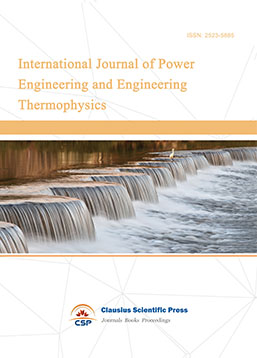
-
Numerical Algebra and Scientific Computing
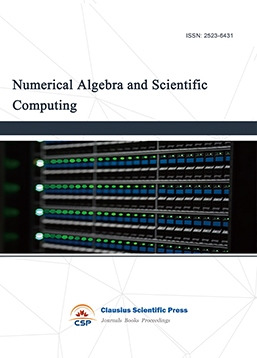
-
Transactions on Particle and Nuclear Physics
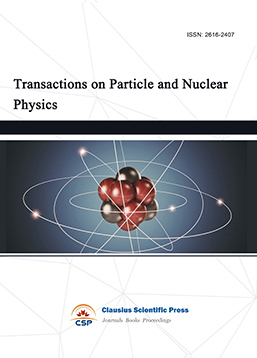
-
Journal of Probability and Mathematical Statistics
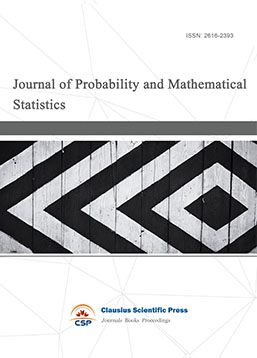
-
Multibody Systems, Nonlinear Dynamics and Control
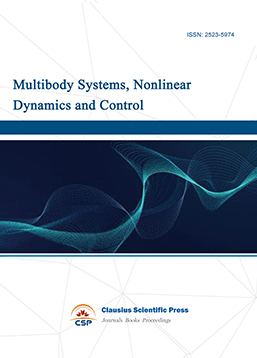
-
Complex Analysis and Geometry
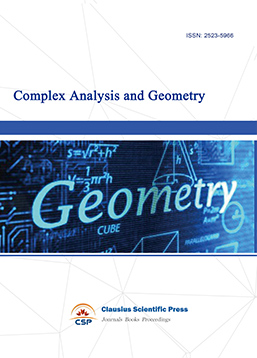
-
Dynamical Systems and Differential Equations
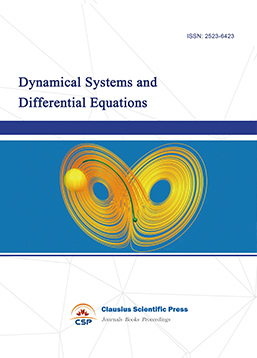
-
Acoustics, Optics and Radio Physics
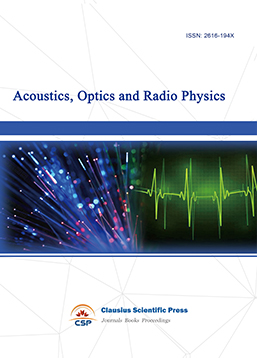
-
Progress in Atomic and Molecular Physics
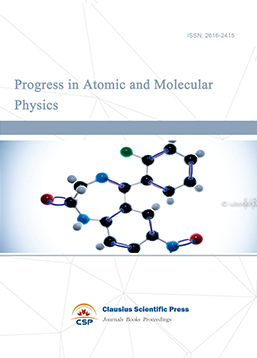
-
Transactions on Condensed Matter Physics
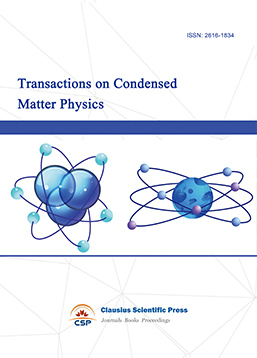
-
Transactions on Computational and Applied Mathematics
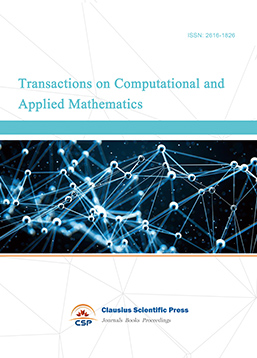
-
Progress in Plasma Physics
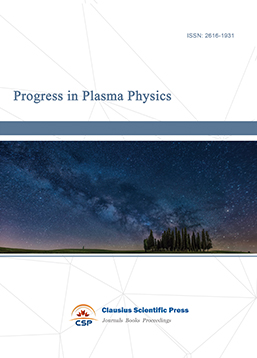
-
Combinatorics and Graph Theory
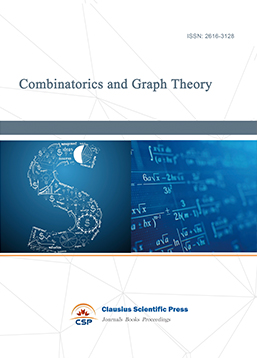
-
Research and Practice of Mathematics & Statistics
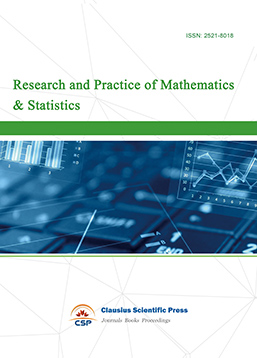
-
Nuclear Techniques and Applications
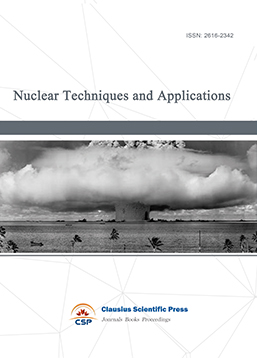
-
Journal of Photonics Research
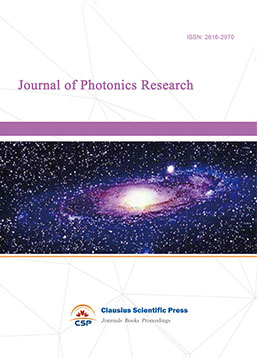
-
Journal of Compressors and Refrigeration
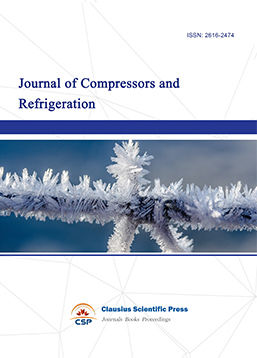
-
Journal of Theoretical Physics Frontiers
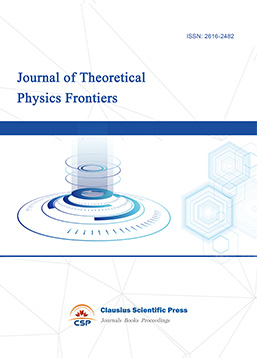
-
Journal of Nonlinear Science and Complexity
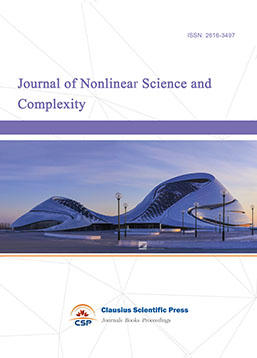
-
Vacuum Science Journal
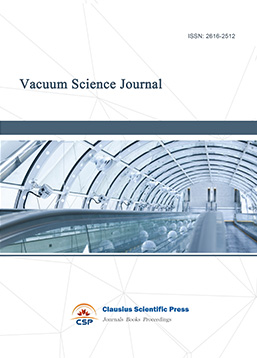
-
Computational Fluid Dynamics
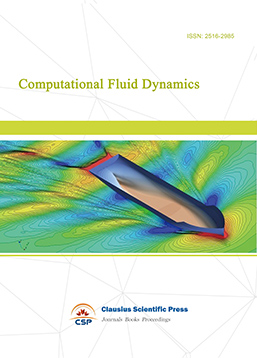

 Download as PDF
Download as PDF